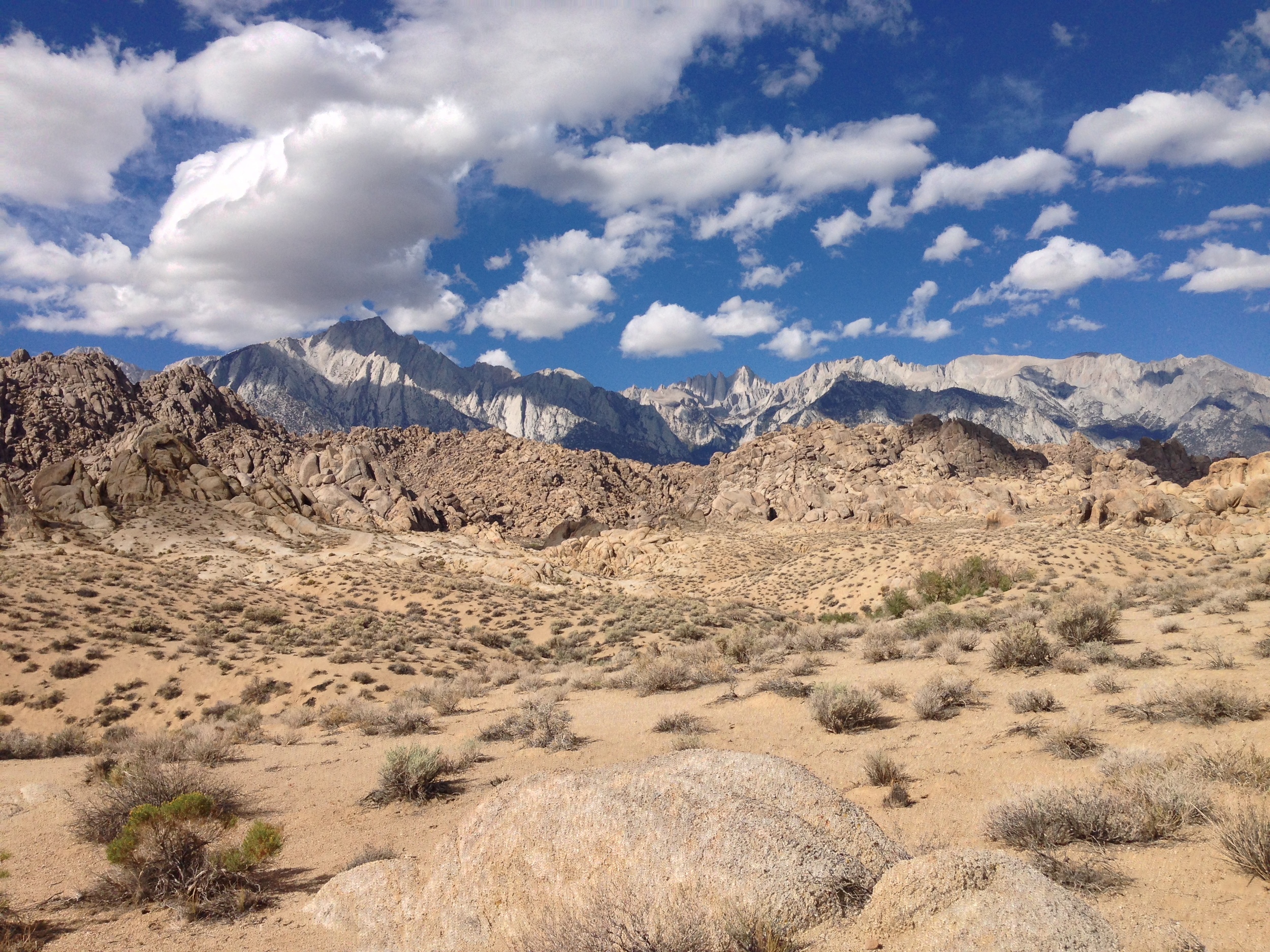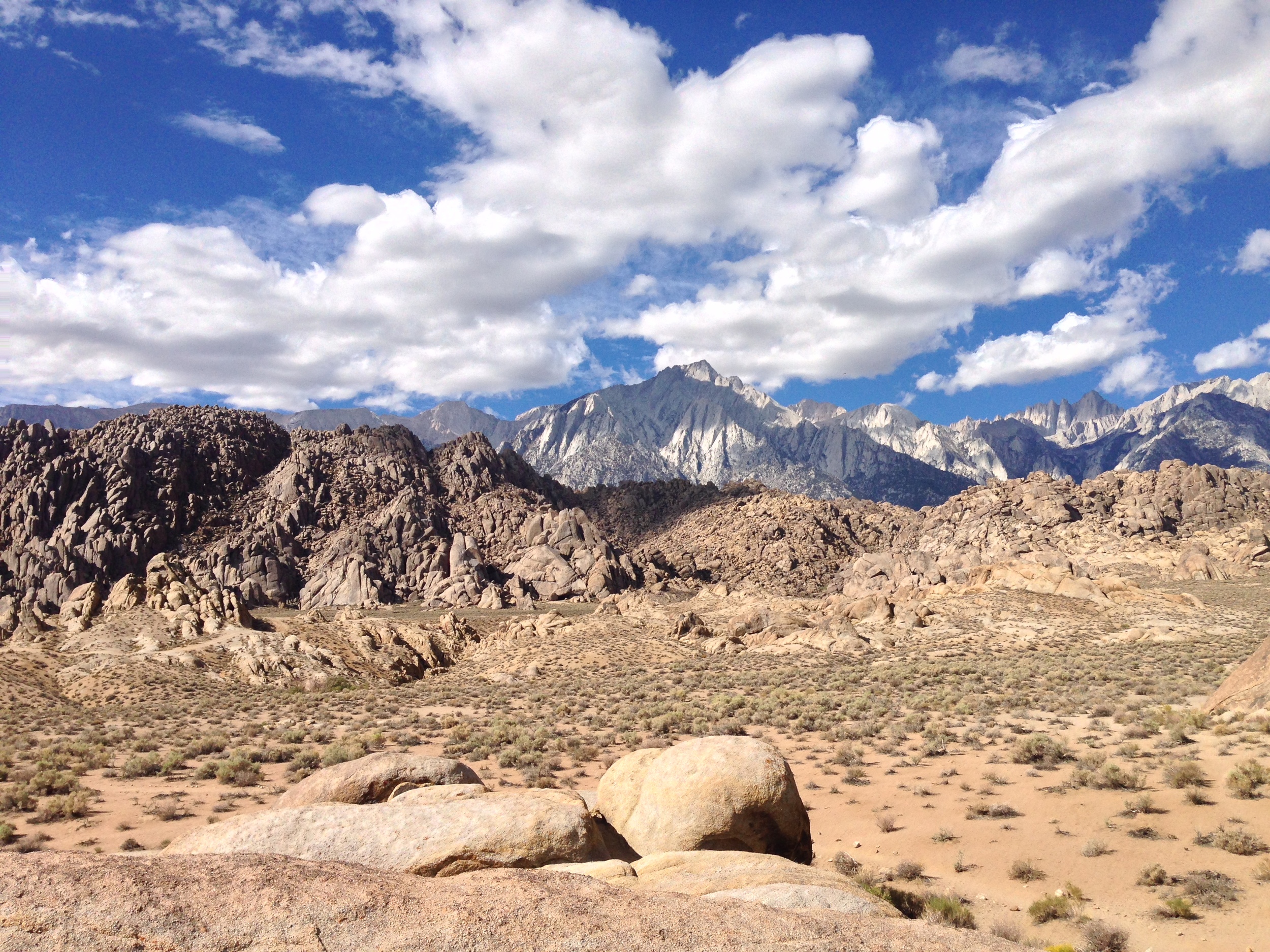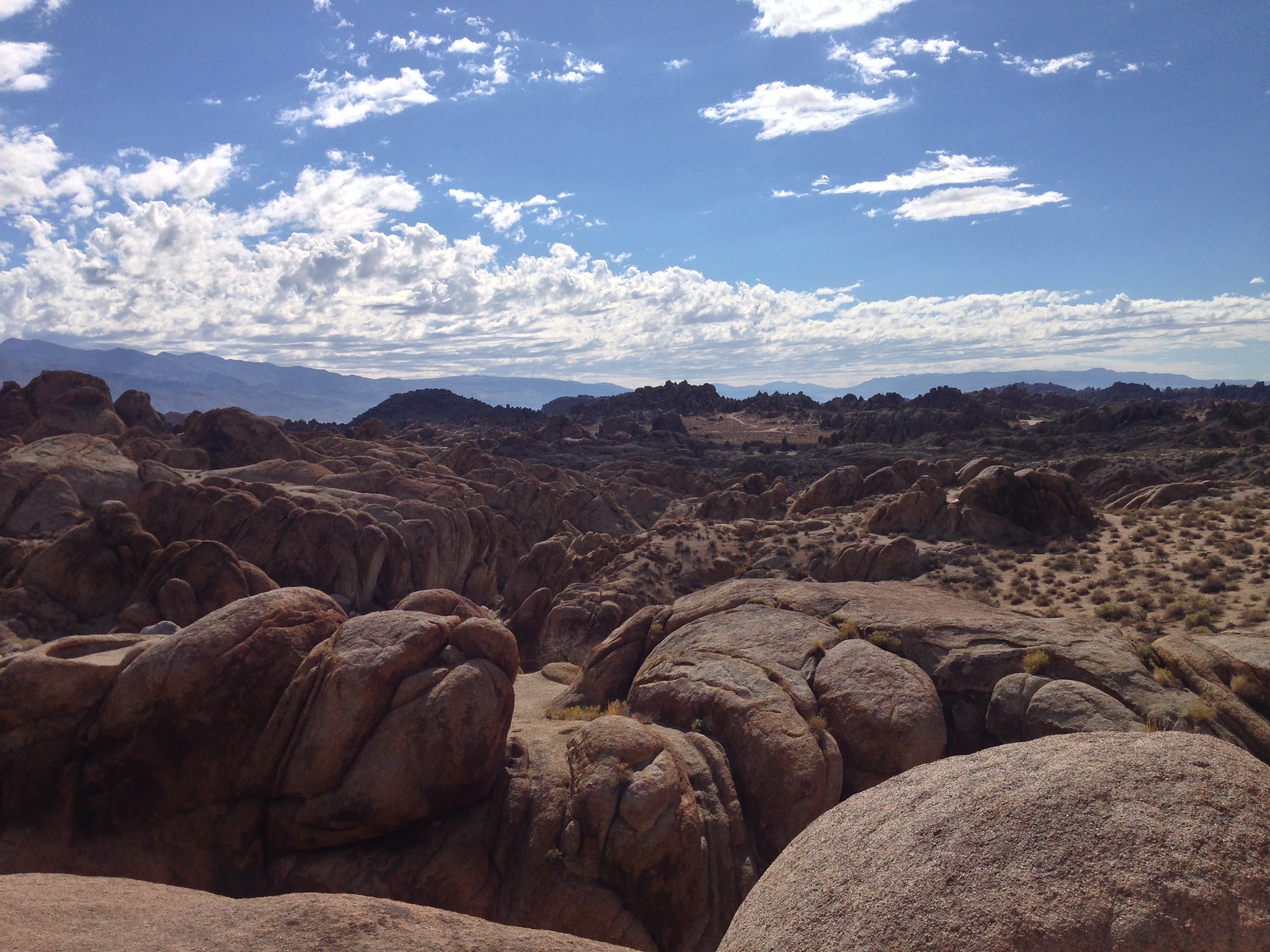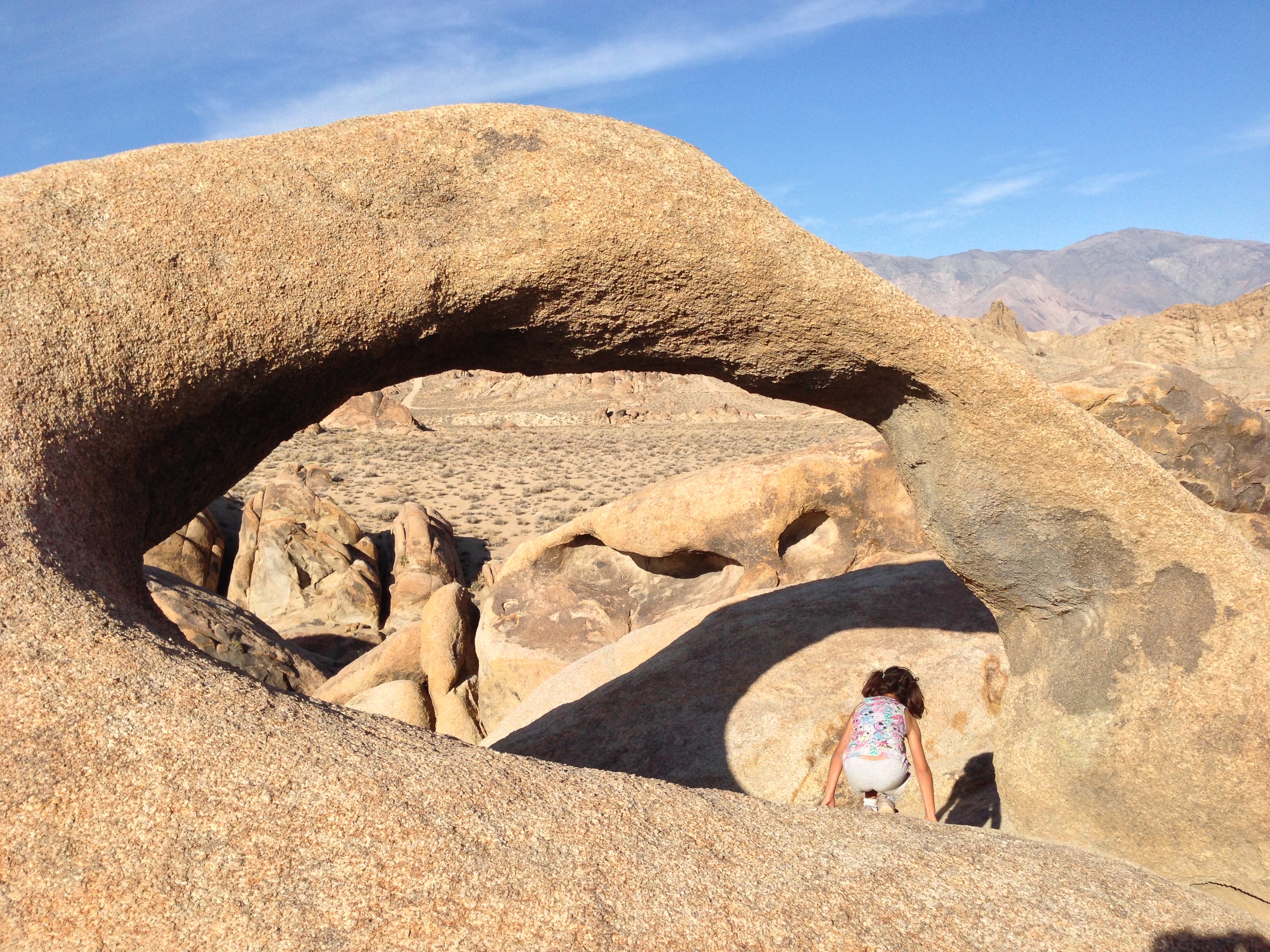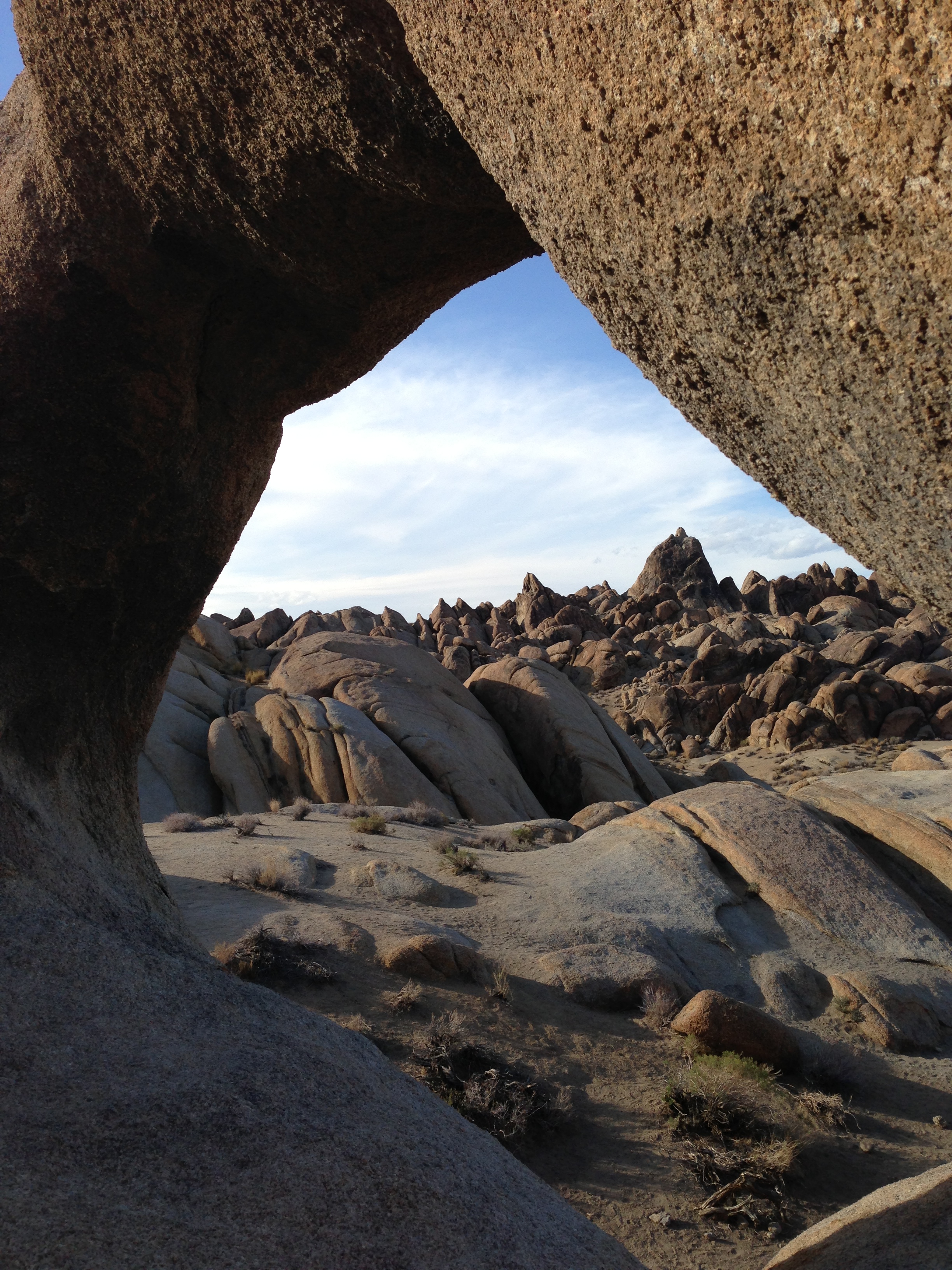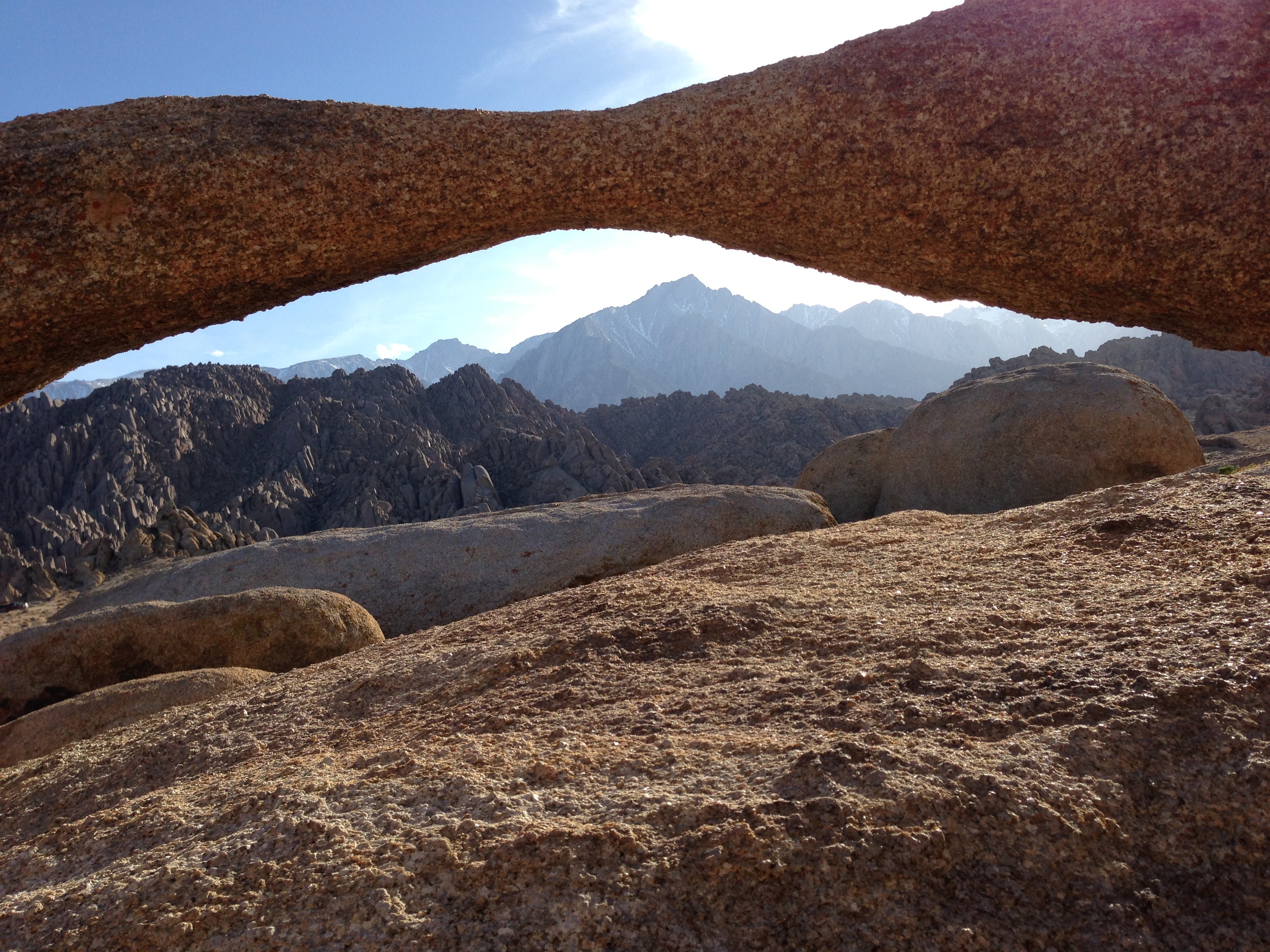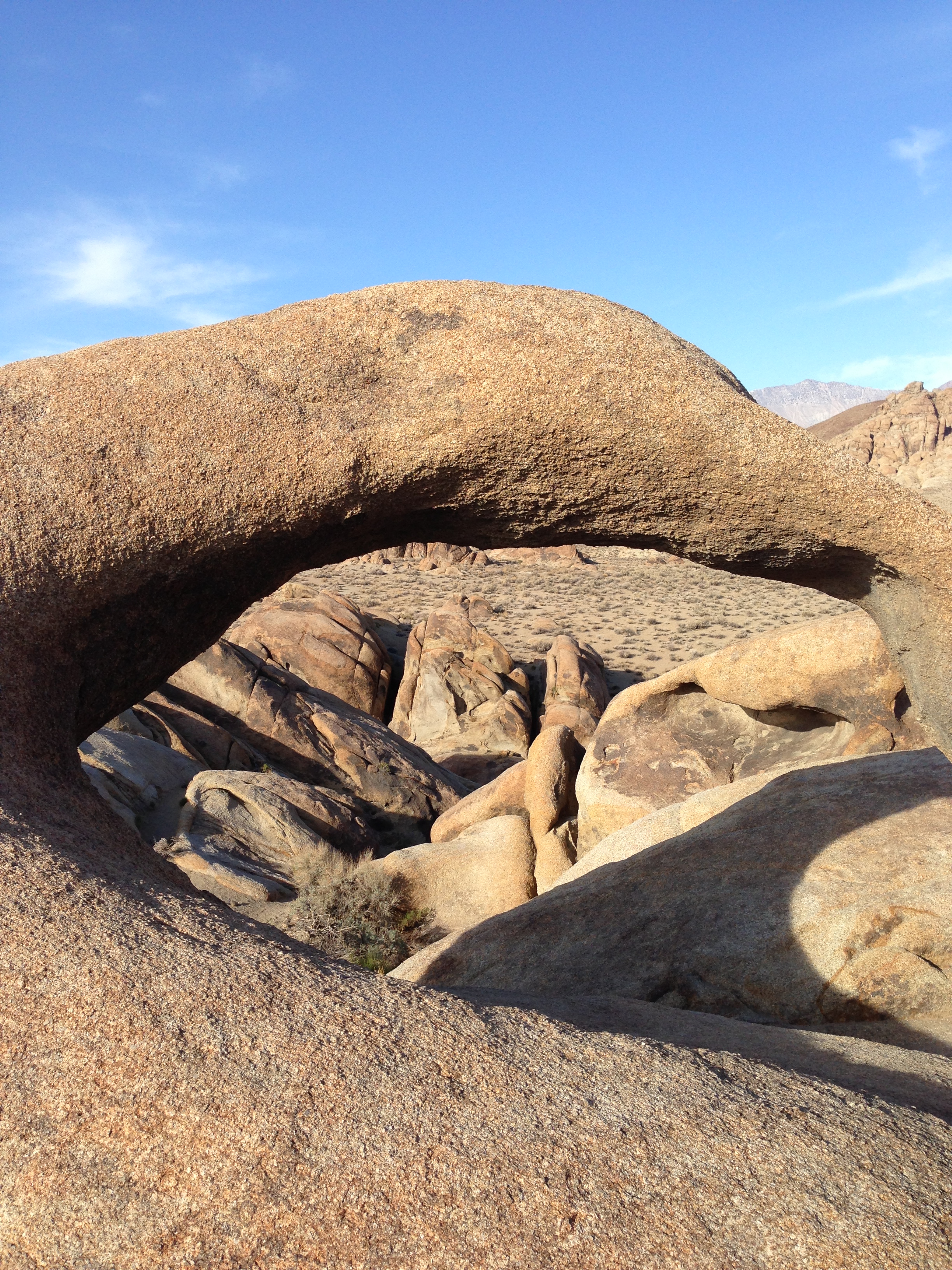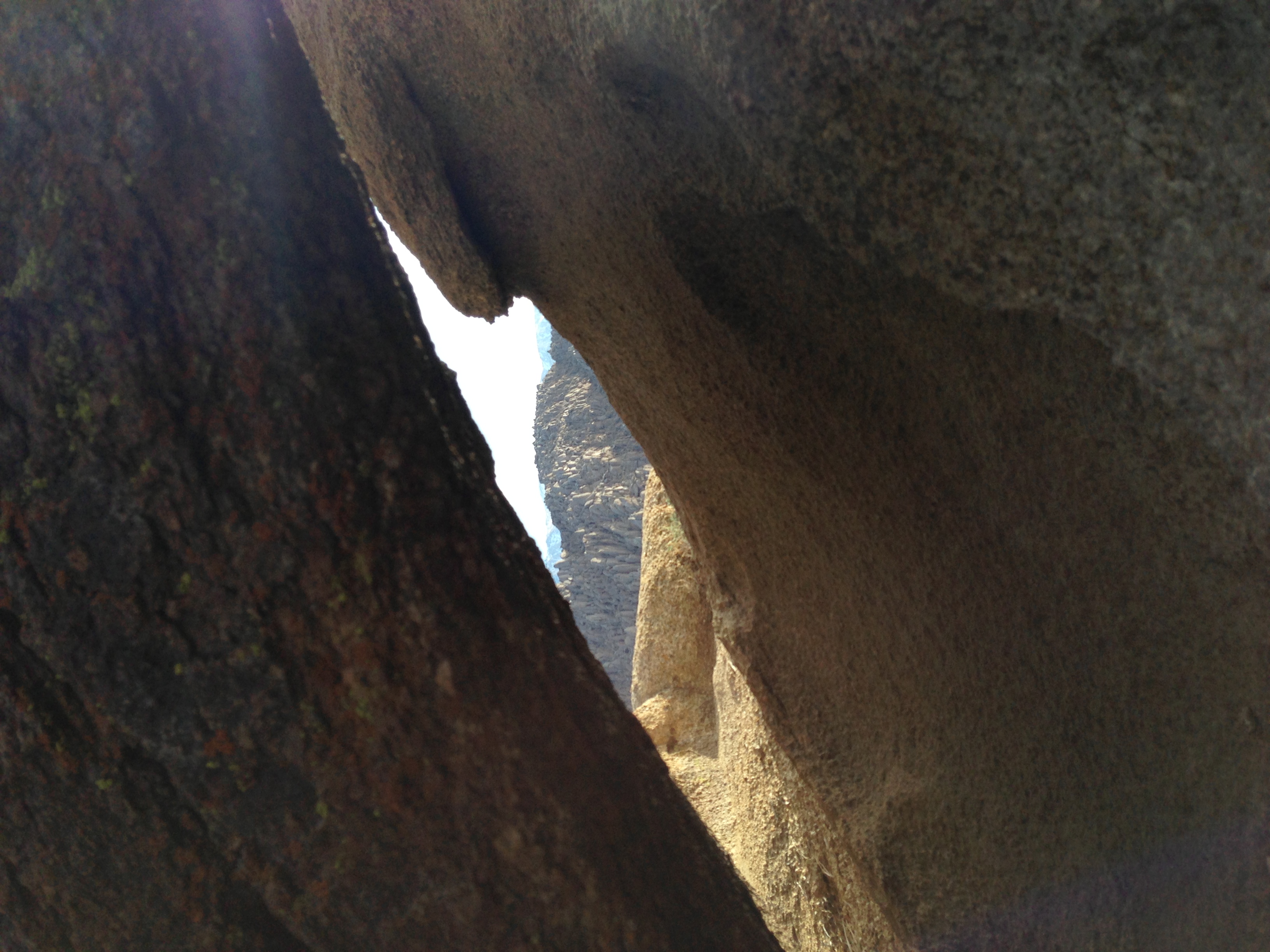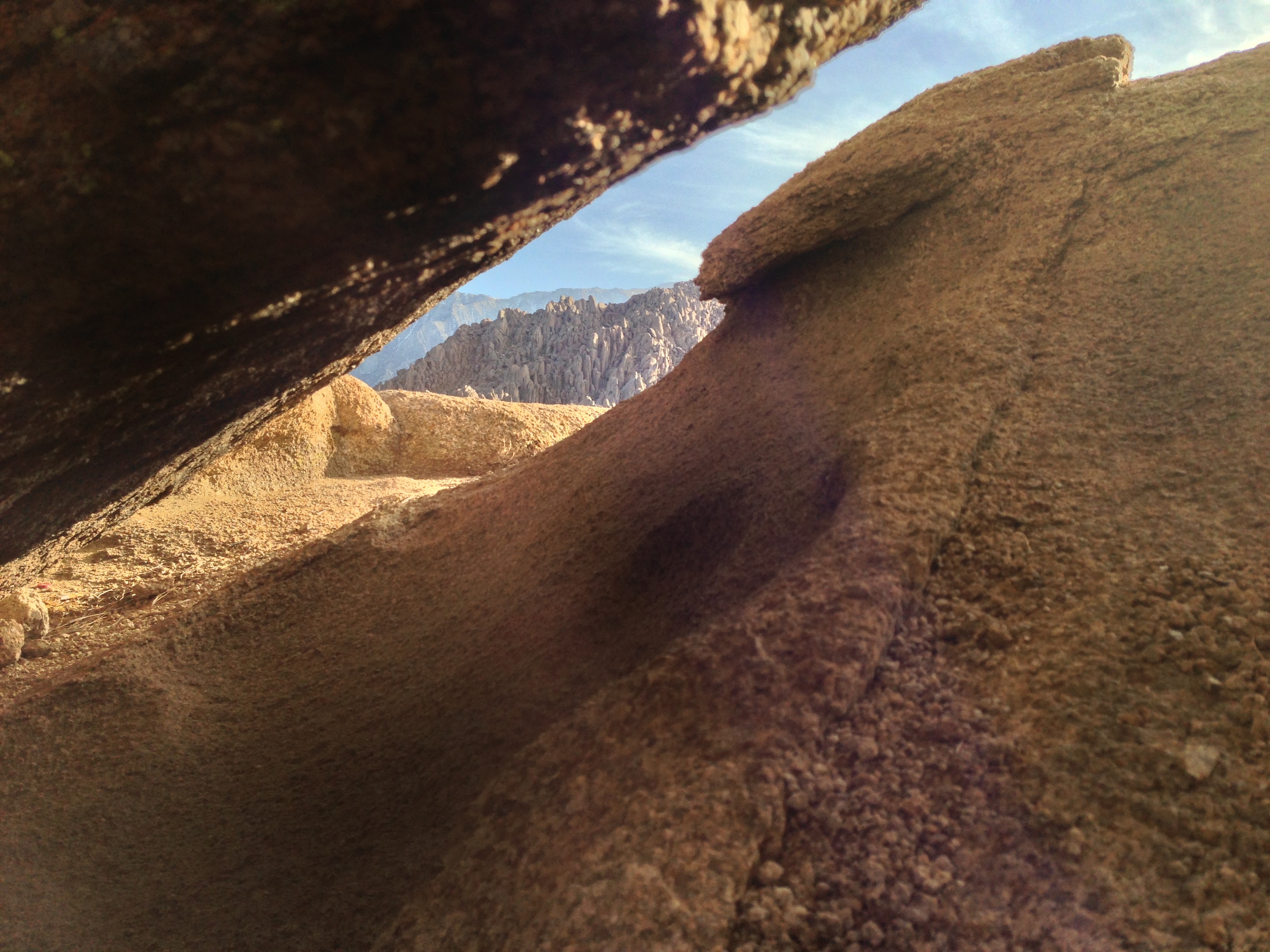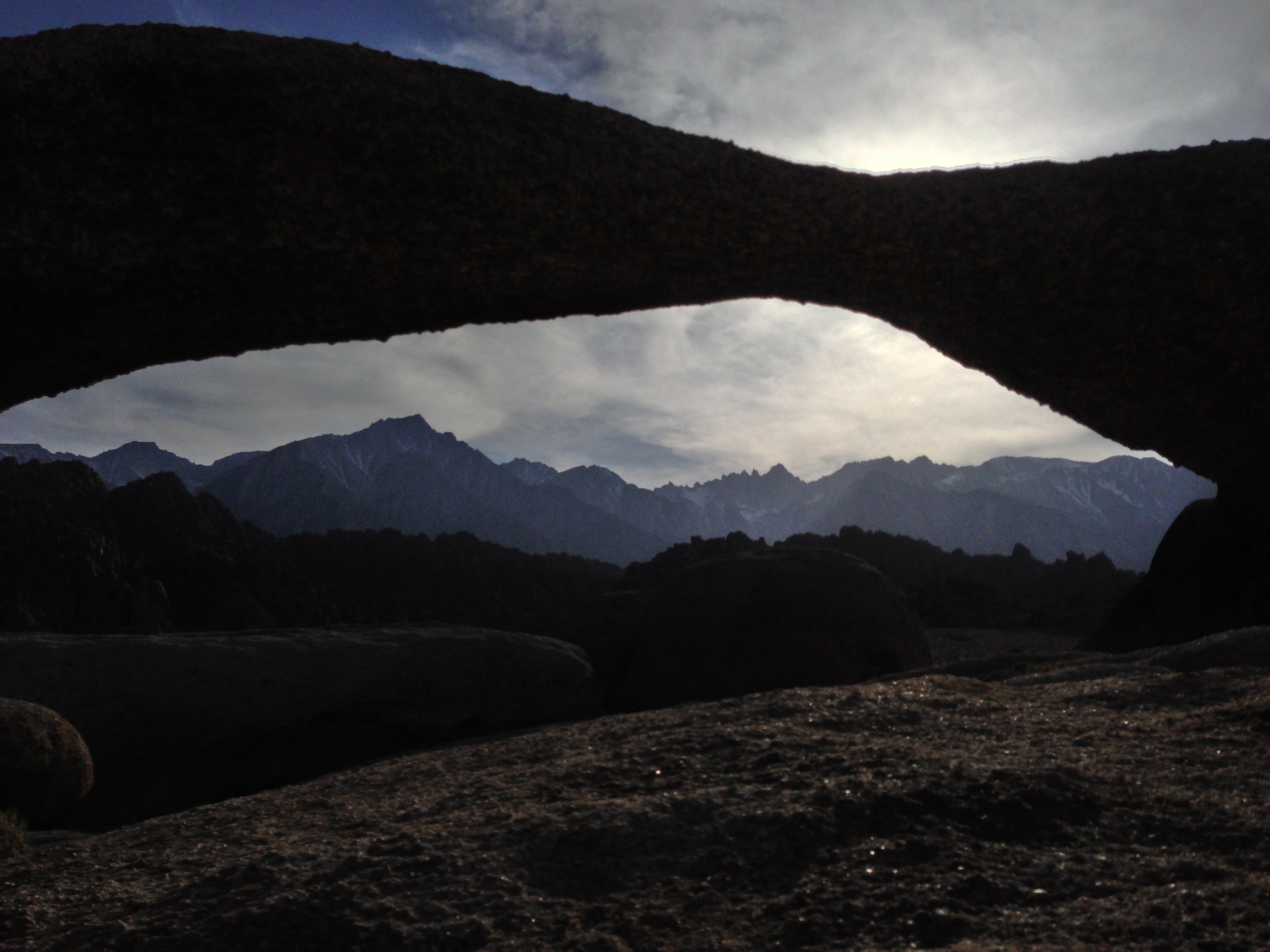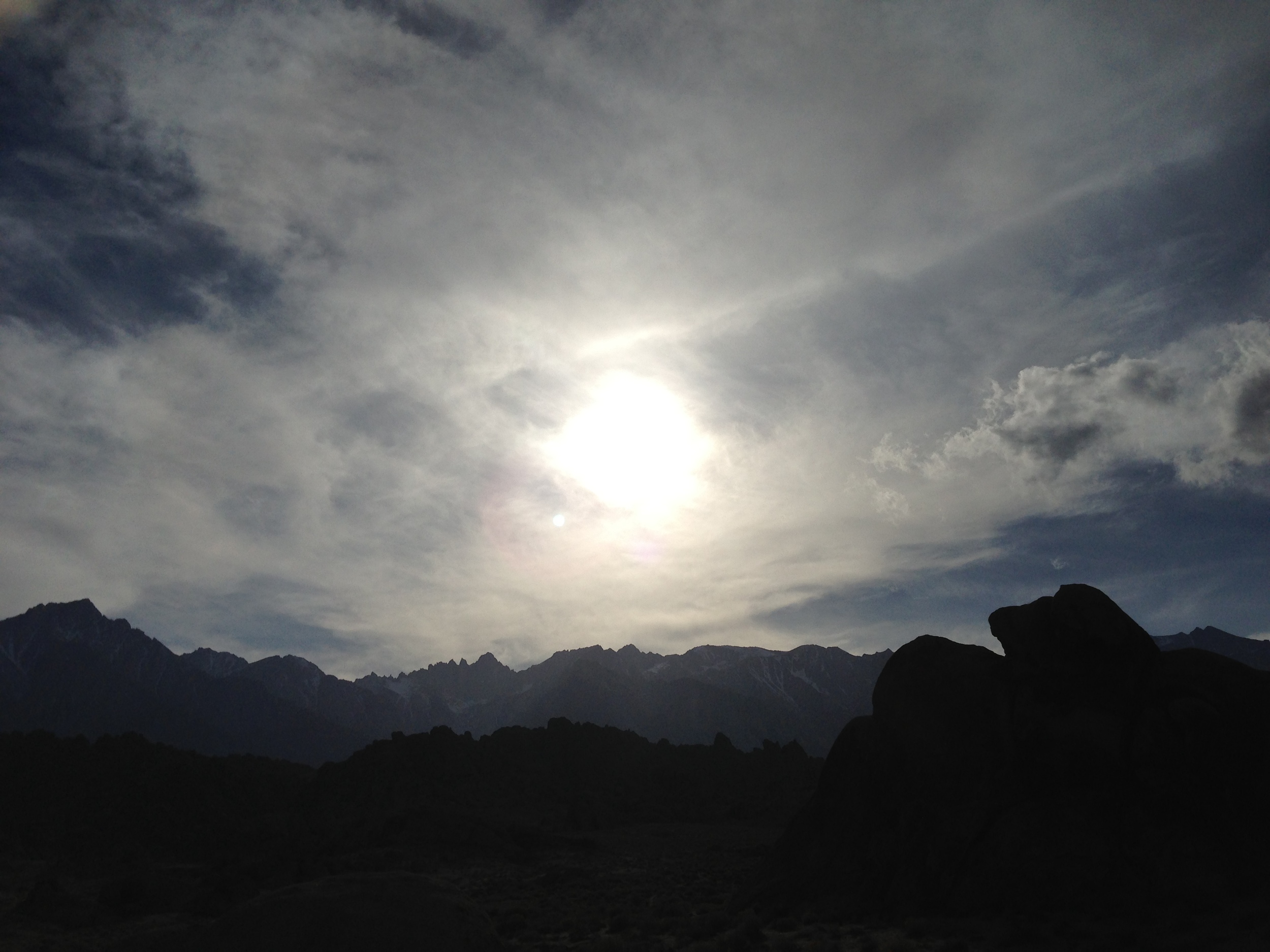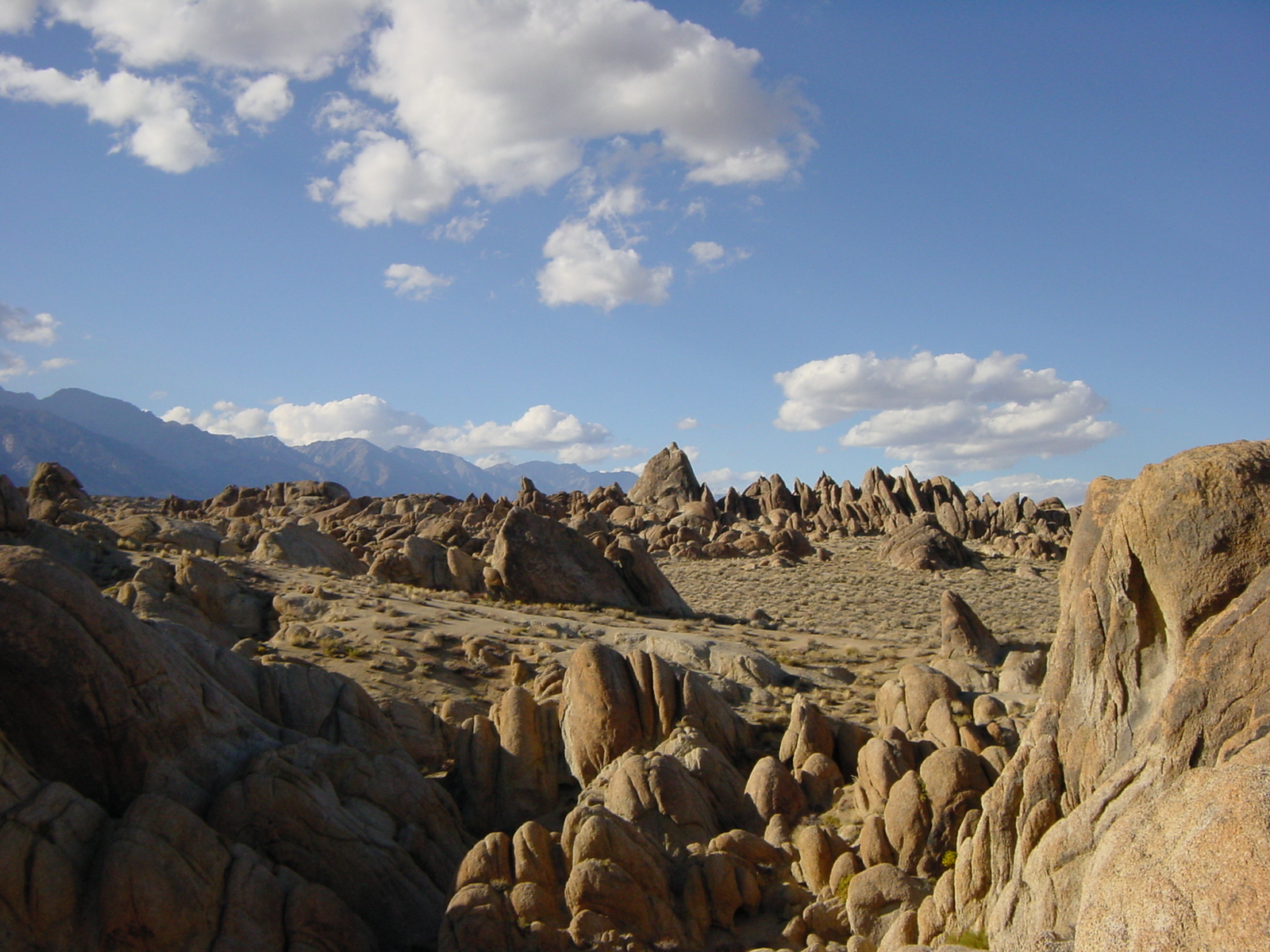Perseid Meteor Shower, August 11-12, 2013
Good news everyone! It's time to train our eyes upward and see if we can see the sons of Perseus streaking across the nighttime sky. That's right - I am talking about watching the annual Perseid Meteor Shower, which is occurring this weekend - August 11-12, 2013. According to the experts, the Perseid Meteor Shower is going to be one of the best - if not the best - meteor showers of 2013 as there will be no Moon in the nighttime sky this weekend. The Perseids are always a great meteor shower to watch, as they are one of the larger showers that have been observed from 36 A.D. onward, and the origin of the meteors is the Swift-Tuttle comet. Since there will be no Moon during the Perseids this year, many astronomers have estimated that during the peak time - from 10:00 p.m. on August 11, 2013 to 4:30 a.m. on August 12, 2013, skywatchers can expect to see 80-100 meteors scorch the sky per hour. If that isn't enough to get you outside to take a look, I don't know what is! (More information on observing the Perseids here, here, and here; and if you're interested in photographing the Perseids, click here).
As always, you can rest assured that I will be outside watching the Perseids, because I love meteor showers. If you're interested in seeing a meteor shower for the first time, let me provide you with three handy tips: 1) Get outside. Cities provide a lot of light pollution, which makes it harder to see everything in the night sky, including the Perseids. 2) Be patient. While this might not be as important for a busy shower like the Perseids, it is applicable. Allow your eyes time to adjust to the dark; sit back; relax, and enjoy watching the universe move in inscrutable and beautiful ways. 3) Have fun! Bring food, drinks, and plenty of blankets and pillows to stay comfortable and warm.
Interested in science? You might like this NASA app HERE; and about the dust passing through our atmosphere during the shower here.
IIAWT Preview/Recap July 2013
Mt. Wilson, San Juan Mountain Range, Colorado
Good news everybody! On Saturday, July 27, 2013 IIAWT will be back from our podcasting vacation. Since it's summertime, it's an excellent time to talk about a great mountaineering location, the San Juan Mountains in Colorado. We're also happy to be bringing back our expert on the Rocky Mountains and its various ranges, Bob Doucette, who will definitely have some great insights on this area and how to train for these peaks. In case you're interested in a preview of what we'll be discussing tomorrow, or want to follow along with the show, or if you end up hearing the show after it records live on July 27, 2013, or if you're just interested in reading more of Bob's work, check out these links here:
Trail Reports of the San Juan Mountains: Mt. Sneffels and Matterhorn Peak; Some of Bob's Thoughts on Training, Exercise and Diet; IIAWT's Favorite Trail Report of Bob's: Torrey's Peak via Kelso Ridge; and Bob's Original Appearance on IIAWT. Tune in here, and see you in the mountains!
Garnet Peak
One of my favorite spots in San Diego County is one that most people haven’t heard about. No, it’s not Cowles Mountain. It’s not Iron Mountain. It’s Garnet Peak, a medium sized mountain that’s located on the Eastern edge of San Diego County in the Laguna Mountain Recreation Area. Even though the peak is somewhat unknown to the hiking community in San Diego, the Laguna Mountains are well known to everyone in the county as “the place with the snow”. Yes, you read that right – San Diego gets snow! While it is not a lot of snow, San Diego – and the Laguna Mountains definitely get snow during the winter months as the range is above four thousand feet. Don’t believe me? Well, you can check these pictures here. This is one of the amazing things about San Diego County; it has a variety of biomes that range from coast, alpine, and desert; and from the summit of Garnet Peak, you can see all of these on a sunny day.
Moro Rock and Hanging Rock
One of the great things about California is that the state has an enormous amount of “wild” space. Some of these spaces are State Parks; some are National Parks; and some are open spaces that are run by other governmental organizations and non-profit foundations. The variety present in this system of wilderness protection and preservation means that there’s always something new to explore; and there’s always hidden gems to be found. Take for example the Moro Rock Trail (yes, that’s right: Moro Rock, not Morro Rock). This trail is one of my “secret” favorite summertime trails in the Southern Sierra, and one that is fairly accessible. Why is it one of my summertime favorites? For starters, you get to climb Moro Rock (Elevation 6,275), and you get to hike amongst giant sequoias. You also get some spectacular views of the Southern Sierra mountain range. And, if you’re particularly lucky, you might even get to see some black bears. Interested? Read on!
Mt. McGinty
Case in point: McGinty Mountain – or Mt. McGinty. Like Iron Mountain, the roundtrip distance of this hike is 4.8 miles, and the while the elevation gained is slightly less, Mt. McGinty has two advantages: more rare plants and….a lot less people. Advantage: Mt. McGinty. Moreover, Mt. McGinty also has something Iron Mountain does not: hidden mines. Advantage again: Mt. McGinty. So, if you’re interested in a peakbagging experience in San Diego county that does not involve lots of hikers, read on.
The Alabama Hills
Stop me if you’ve heard this before: in order to save the world/survive the apocalypse, a lone wanderer/group of travelers travels across a rocky wasteland near some tall snow-capped mountains, and along the way, encounters zombies/aliens/cowboys/zombie-alien-cowboys. Sound familiar? Of course it does. It’s the plot from every summer blockbuster you’ve ever seen. You know where they’ve been filmed? I do. The Alabama Hills. Where are the Alabama Hills? Why, they’re at the base of a little-known mountain: Mt. Whitney. They’re also located right next to the town of Lone Pine, California, right off the I-395, and near another geological feature that I just talked about – Fossil Falls.
What are the Alabama Hills? The Alabama Hills are another interesting geological feature in the Eastern Sierra. According to the experts, they are the same age as the Sierra Nevada; and are made up of two types of rock: aged volcanic rock; and weathered granite. (More rock info here). While I can’t get into the geologic particulars of the area, I can tell you that this is a great area to explore in terms of bouldering, hiking, and photography.
The Top Things to Do in the Alabama Hills. Unlike Fossil Falls, I’ve been visiting the Alabama Hills for years, ever since I started climbing Mt. Whitney and its companion peaks. While I haven’t yet explored the entire region, I have been in numerous spots and have never had a bad time. One of the key things to remember about the area is that it is BLM land; so it is almost an open area for exploring, either by vehicle or foot. In my opinion, the best thing to do is to simply head out into the hills to have an unplanned and unmapped adventure, assuming you’re prepared and don’t get lost! If you’re more into the tried and true, the below recommendations are also fun too!
The Mobius Arch
1) The Mobius Arch. On many of my early visits to the Alabama Hills, I explored portions of the area, and found many weathered openings and arches. Years later, I started getting questions about the “Mobius Arch”. At first I assumed it was like the Devils Punchbowl, and that everyone had their own Mobius Arch but after a while it became clear that it was a specific named spot. Again, in my opinion, the hills have many Mobius Arches, but now there is a specific Mobius Arch that has a specific trail and parking area that has been constructed by the BLM. To get to the actual named Mobius Arch, you will want to drive West on Whitney Portal Road from Lone Pine for three (3) miles until you reach Movie Road, which will be on the North (Right). Follow Movie Road for 1.5 miles until you reach a T-Junction. Once you reach the T-Junction, you will see the BLM parking area for the arch; and from the parking area, it is a .5 mile hike to the arch. While this is a stunning feature, keep in mind that it has become perhaps the most popular part of the Alabama Hills. You will see people on this hike; and chances are, you will see a number of photographers at the arch, striving for their own signature shot!
The Mobius Arch
2) The Lathe Arch. This arch is located immediately to the West of the Mobius Arch, although it is much smaller arch than its larger friend. In order to get to it, you’re going to follow the directions listed above for the Mobius Arch. Like the Mobius Arch, the Lathe Arch has some great photography opportunities, and has a great view. However, as I said above, the Alabama Hills do have many of these eroded features, so if you’re looking for an arch, hole, or other angle that has not been photographed by many people, get out there, and find your own. I guarantee there are plenty of spots that have yet to be discovered.
3) The Self Guided Movie Road Tour. Did I mention something about movies at the beginning? Yep, I totally did. While the Alabama Hills always had “Movie Road”, some of the features and their attendant movies and TV shows were a little harder to find. While you could always speak to some of the locals in Lone Pine about where to go, now the BLM has a handy board in the Alabama Hills marking locations, and it also has a handy printout here online of how to proceed and where to go.
4) General Exploration. As I’ve mentioned frequently, the area is fairly open, and there is plenty to do, from looking for old mines, to fishing in certain spots, and just general camping, hiking, bouldering and photography. One word of caution: beware the Lone Pine Devil. Other than that, have a great time!
Interested in what other people think of the Alabama Hills? Check out my friend Paulina's thoughts here!
Lathe Arch
The Alabama Hills - Does the Lone Pine Devil truly live here?







